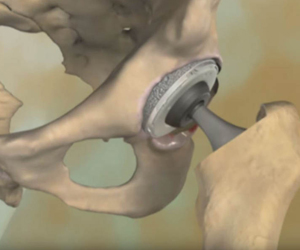
Dr. Saikat Ghosh, Orthopedic Surgeon
M. B. B. S. University of Calcutta
Nil Ratan Sircar Medical College & Hospital. Calcutta
M. S. (Orthopedics), University College Of Medicine, University of Calcutta

M. B. B. S. University of Calcutta
Nil Ratan Sircar Medical College & Hospital. Calcutta
M. S. (Orthopedics), University College Of Medicine, University of Calcutta
Orthopedics, or orthopedic services, aim at the treatment of the musculoskeletal system. This includes your bones, joints, ligaments, tendons, and muscles. Orthopaedic surgeons are devoted to the prevention, diagnosis, and treatment of disorders of the bones, joints, ligaments, tendons and muscles. Some orthopaedists are generalists, while others specialize in certain areas of the body, such as:
Patients of all ages can experience trauma and fractures. These serious injuries can occur during auto accidents, life-threatening falls, and countless other scenarios. Unfortunately, they can have a long-term impact on patients’ functionality and even affect their quality of life.
Surgeons have pioneered surgical techniques and technology to improve results for patients who have experienced traumatic injuries.
Trauma and Fracture Symptoms
Symptoms of a fracture or a post-traumatic orthopaedic condition can include:
• A clearly misshapen limb or joint, sometimes accompanied by broken skin or visible bone (an open or compound fracture)
• Fever
• Pain, ranging from mild to severe
• Restricted movement
• Swelling, bruising, tenderness, or numbness near the fracture
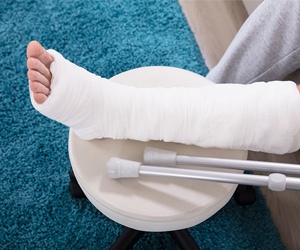
Painless swelling of the feet and ankles is a common problem, especially among older people.
Abnormal buildup of fluid in the ankles, feet, and legs can cause swelling. This fluid buildup and swelling is called edema.
Cause
Foot, leg, and ankle swelling is common when the person also::
• Is overweight
• Has a blood clot in the leg
• Is older
• Has a leg infection
• Has veins in the legs that cannot properly pump blood back to the heart
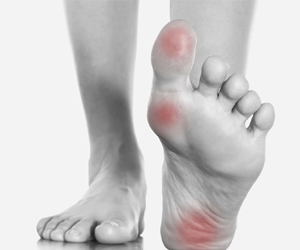
General orthopedics is an area of medicine focused on the comprehensive and coordinated treatment of a variety of orthopedic conditions and helps people dealing with a range of musculoskeletal issues.
If you have bone, joint, or muscle pain or issues, I can help. Orthopaedic surgeons want to get you back to your life again as soon as possible. Doctor diagnose and treat problems of the:
• Back and neck
• Shoulder
• Arm, elbow, wrist, and hand
• Hip
• Knee, ligaments, and tendons
• Lower leg, ankle, and foot
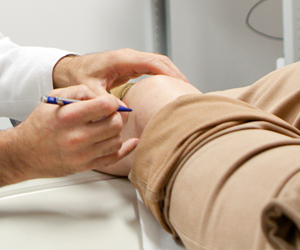
A pediatric orthopaedist is the best-trained and most experienced doctor to properly evaluate and treat musculoskeletal (bone, joint, or muscle) problems in a child who is still growing. This includes newborn babies through teenagers.
Children with complex pediatric problems are best managed by a medical-surgical team approach. Pediatric orthopaedic surgeons diagnose, treat, and manage children's musculoskeletal problems, such as:
• Limb and spine deformities noted at birth or later in life (clubfoot, scoliosis, limb length differences)
• Gait abnormalities (limping)
• Broken bones
• Bone or joint infections and tumors
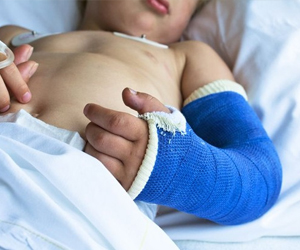
Most shoulder problems only affect a small area and should last a relatively short time.
But sometimes the problem in your shoulder could be part of a wider, long-term condition such as, osteoarthritis or polymyalgia rheumatica.
It’s fairly common for people with rheumatoid arthritis to have pain and swelling in their shoulders.
There are several other possible causes of shoulder pain, such as:
• inflammation, where your shoulder becomes hot, red, swollen and painful as a natural reaction to an infection or injury
• damage to the muscles and tendons around the shoulder
• tension in the muscles between the neck and shoulder – this is usually down to your posture in your upper back or neck, and is often linked the way you stand or sit when you’re using a computer or at work
• inflammation in the bursa – a fluid-filled cushion which normally helps the muscles and tendons slide smoothly over the shoulder bones
• damage to the bones and cartilage, which can be caused by arthritis.
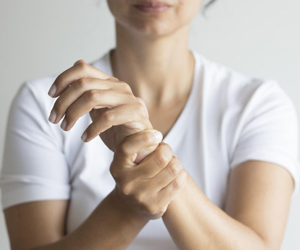
Exercising is good for you, but sometimes you can injure yourself when you play sports or exercise. Accidents, poor training practices, or improper gear can cause them. Some people get hurt because they are not in shape. Not warming up or stretching enough can also lead to injuries.
The most common sports injuries are:
• Sprains and strains
• Knee injuries
• Swollen muscles
• Achilles tendon injuries
• Pain along the shin bone
• Rotator cuff injuries
• Fractures
• Dislocations
If you get hurt, stop playing. Continuing to play or exercise can cause more harm. Treatment often begins with the RICE (Rest, Ice, Compression, and Elevation) method to relieve pain, reduce swelling, and speed healing. Other possible treatments include pain relievers, keeping the injured area from moving, rehabilitation, and sometimes surgery.
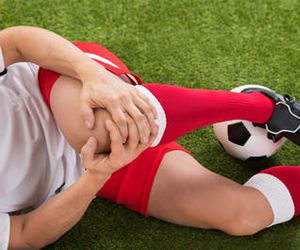
Arthroscopy is a procedure for diagnosing and treating joint problems. A surgeon inserts a narrow tube attached to a fiber-optic video camera through a small incision — about the size of a buttonhole. The view inside your joint is transmitted to a high-definition video monitor.
Arthroscopy allows the surgeon to see inside your joint without making a large incision. Surgeons can even repair some types of joint damage during arthroscopy, with pencil-thin surgical instruments inserted through additional small incisions.
Doctors use arthroscopy to help diagnose and treat a variety of joint conditions, most commonly those affecting the:
• Knee
• Shoulder
• Elbow
• Ankle
• Hip
• Wrist
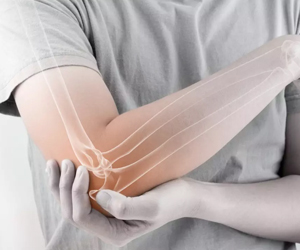
Total joint replacement is a surgical procedure in which parts of an arthritic or damaged joint are removed and replaced with a metal, plastic or ceramic device called a prosthesis. The prosthesis is designed to replicate the movement of a normal, healthy joint.
Hip and knee replacements are the most commonly performed joint replacements, but replacement surgery can be performed on other joints, as well, including the ankle, wrist, shoulder, and elbow.
Total knee replacement surgery is considered for patients whose knee joints have been damaged by either progressive arthritis, trauma, or other rare destructive diseases of the joint. The most common reason for knee replacement in the United States is severe osteoarthritis of the knees.
Regardless of the cause of the damage to the joint, the resulting progressively increasing pain and stiffness and decreasing daily function lead the patient to consider total knee replacement. Decisions regarding whether or when to undergo knee replacement surgery are not easy. Patients should understand the risks as well as the benefits before making these decisions about knee replacement.
